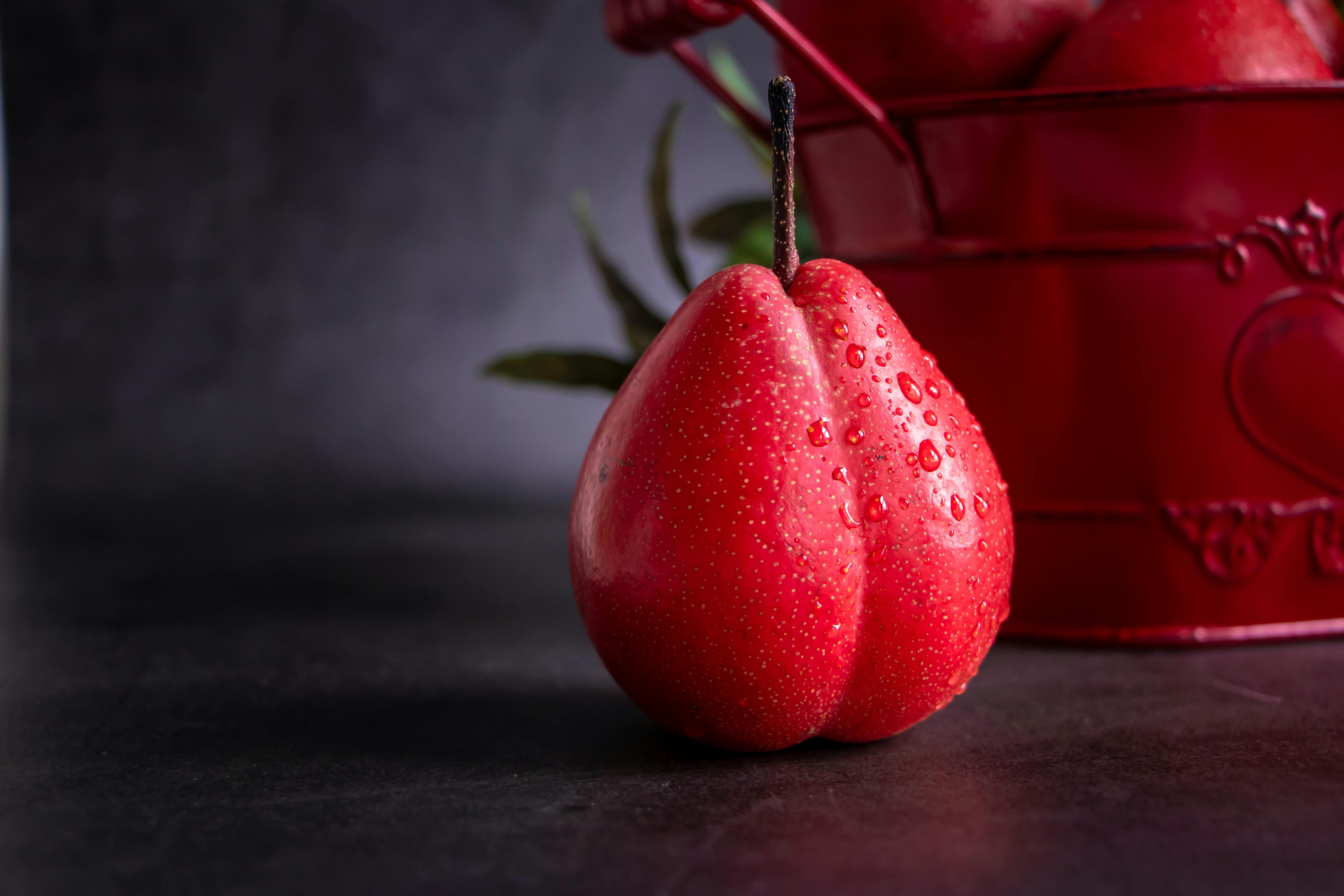Apply Now
Effective Ways to Improve Your Hummingbird Diet in 2025
As we look ahead to 2025, the importance of understanding and optimizing the hummingbird diet cannot be overstated. These tiny but fascinating birds play a vital role in the ecosystem as pollinators and are a delight to observe. By enhancing our knowledge about their feeding habits and dietary needs, we can create a more nurturing environment for them. In this article, we will explore effective strategies to improve hummingbird diets, from understanding their nutritional needs to providing the best food sources.
Key takeaways include: the importance of natural nectar sources, how to maintain hummingbird feeders, and tips for attracting these enchanting creatures. Moreover, we will delve into various feeder designs and homemade food options, ensuring our feathered friends receive optimal nutrition while we enjoy watching their vibrant antics.
Understanding the Nutritional Needs of Hummingbirds
Building on the foundation of attracting hummingbirds, it’s crucial to understand their nutritional requirements. Hummingbirds primarily feed on nectar, which provides essential carbohydrates needed for their high metabolism. Alongside nectar, they also consume small insects and spiders to obtain proteins and essential nutrients.
Importance of Nectar in Hummingbird Diet
Nectar is the primary energy source for hummingbirds, making up the majority of their diet. The composition of nectar mainly includes sugars like sucrose, glucose, and fructose that offer a quick energy boost. To cater to their needs, it's essential to provide nectar that mimics the floral sources they would naturally consume.
Best Food for Hummingbirds: Artificial vs. Natural Sources
While natural nectar sources from flowers are ideal, they may not always be abundant. Therefore, many bird enthusiasts opt for homemade or commercial hummingbird food. The recommended sugar-water ratio for homemade hummingbird food is typically a ratio of 1:4 (one part sugar to four parts water). This mixture closely resembles the concentration of sugar found in natural nectar.
Homemade Nectar Recipes
Creating your own hummingbird nectar is easy and cost-effective. A basic recipe involves dissolving one part white granulated sugar in four parts water, bringing it to a slight boil, then cooling it before use. It's important to avoid food dyes as they can be harmful to hummingbirds. Instead, focus on clean water and sugar to create a safe feeding environment.
Optimal Feeder Maintenance for Hummingbird Health
Having addressed the nutritional needs, we now turn to feeder maintenance, which is critical for the health of hummingbirds. Regular upkeep of hummingbird feeders ensures that the food remains safe and appealing.
Feeder Maintenance Tips
To maintain a healthy feeding station, change the nectar every few days, especially in warmer weather to prevent fermentation. Thoroughly clean feeders with hot water and a bottle brush to remove residue and mold. This practice not only prevents disease but also encourages continued visits from hummingbirds.
Feeder Placement Strategies
Placement of feeders plays a significant role in attracting hummingbirds. They thrive in areas with plenty of flowers and safe perches. Harsh sunlight can weaken nectar, so consider placing feeders in shaded areas or using UV-resistant designs. Additionally, situating feeders near vibrant flowering plants creates a welcoming atmosphere that increases visits.
Seasonal Changes and Feeding Preferences
Hummingbirds exhibit different feeding behaviors depending on the season. In warmer months, they will likely feed more frequently due to increased energy needs associated with migration. During cooler months, especially winter, it's vital to provide accessible feeding sources to assist with their survival as they may struggle to find natural food.
Attracting Hummingbirds Through Effective Plant Choices
Connected to the theme of enhancing diets, incorporating the right plants into your garden can significantly improve the food sources available to hummingbirds.
Flowers That Attract Hummingbirds
Choosing native plants with tubular flowers is essential, as these flowers typically attract hummingbirds. Some excellent options include trumpet vine, bee balm, and salvia. These plants not only cater to hummingbird feeding habits but also create a vibrant garden that benefits various pollinators.
Gardening for Hummingbirds: Best Practices
Creating a bird-friendly garden involves understanding plant nectar attraction. For optimal results, select a range of flowers that bloom at different times throughout the growing season. This strategy ensures a consistent nectar supply, accommodating the varying needs of hummingbirds and supporting the local ecosystem.
Community Efforts for Hummingbird Conservation
Beyond individual gardening efforts, community initiatives focused on preserving local flora and enhancing habitats significantly contribute to hummingbird well-being. Participate in neighborhood projects or campaigns aimed at restoring native vegetation that supports these birds and other pollinators.
Common Mistakes to Avoid When Feeding Hummingbirds
With various strategies outlined, it's important to acknowledge common pitfalls that could hinder hummingbird feeding success.
Feeding Frequency and Timing
Understanding feeding frequency is vital. Hummingbirds require frequent feeding due to their high metabolism, but over-filling feeders may invite pests. Observe their feeding patterns; they tend to feed early in the morning and later in the evening, coinciding with their natural behaviors.
Pests at Hummingbird Feeders
Ants and wasps can be nuisances at hummingbird feeders. To combat this, consider using feeding stations designed to deter these pests or placing a barrier around the feeder. Focusing on cleanliness will help minimize pest attraction.
Impact of Sugar Types and Food Dyes
Avoid using substitute sugars or sweeteners in homemade mixtures. Stick to white cane sugar, which is most similar to natural nectar composition. Ensure that any store-bought food lacks artificial flavors or food dyes, as these can adversely affect hummingbird health.
Conclusion
Efforts to improve your hummingbird diet not only enhance the well-being of these magnificent creatures but also foster a better understanding of their ecological roles. By implementing effective strategies like maintaining feeders, growing suitable plants, and preparing homemade food, you can contribute to their health and happiness. Moreover, engaging with local conservation efforts further supports the sustainability of hummingbird populations.
For further insights into hummingbird care and information on specific species, visit
here to explore more resources.

